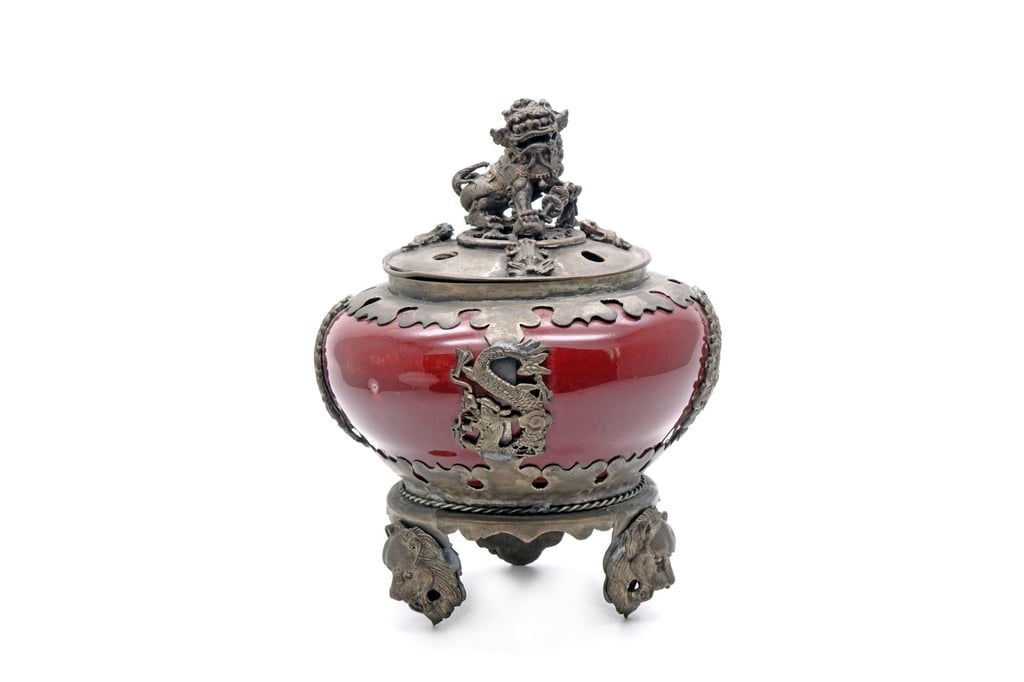Reflections | A history of fragrances in China: from incense and scented sachets to Persian rosewater to 20th century’s cheap, mass-produced Florida Water
- Ancient Chinese kept their clothes and building interiors smelling fresh with incense; liquid perfumes from the Middle East first appeared in the 10th century
- By the 14th century, Chinese perfume makers were making complex blends of flower oils, and in the early 20th century, Florida Water became popular

A good friend of mine, who was visiting from Hong Kong, gave me two vials of cologne and a bottle of aftershave. These scented items, which are stocked by the barbershop he patronises, smell so good.
According to the brand literature for this particular line, the fragrance is a “bouquet of tobacco, leather, bay rum, barber’s talc and anise”.
I don’t like the smell of tobacco and anise on their own, and I don’t know what “barber’s talc” is or how it differs from ordinary talc, but in the expert hands of a professional perfumer (known in the industry as a “nose”), they’re all blended together to create an innervating fragrance that cools my skin and uplifts the mood every time I put it on in the morning.
The ancient Chinese used scent in the form of incense, which they burned to perfume interiors and their clothes. People also wore sachets filled with dried pieces of aromatic resins and woods. These scented sachets were usually hung from the belt, looking and smelling sweet.

Liquid perfume, the form with which we are familiar, first appeared in China – at least in Chinese writing – in the year 958 as a gift to the Chinese emperor from Champa, a kingdom located in what is present-day central and southern Vietnam.

